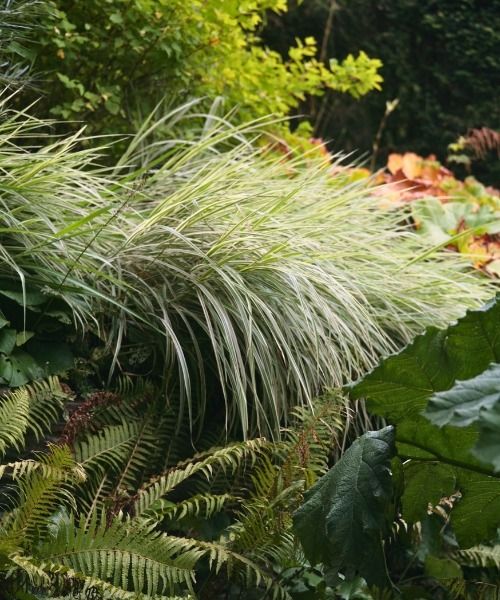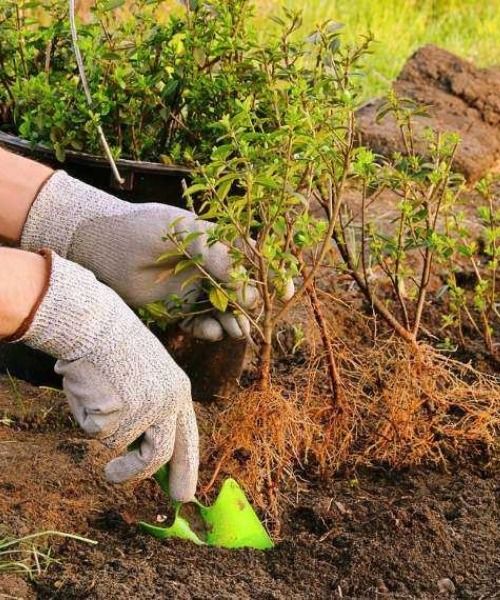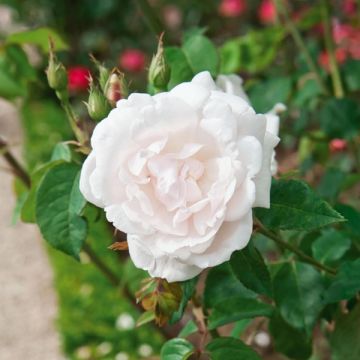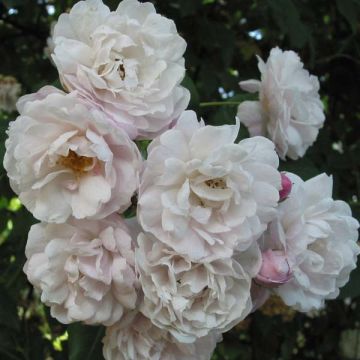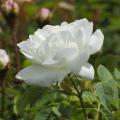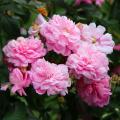Noisette Roses
Does this plant fit my garden? Set up your Plantfit profile →
Available in 2 sizes
Available in 2 sizes
Available in 2 sizes
The Noisette Roses, among which Blush Noisette is the most famous representative, make up a group of very ancient roses derived from Rosa x noisettaeana, a spontaneous hybrid discovered by Louis Claude Noisette around 1814. Perpetual, woody climbing stems, more or less shrubby or climbing, not very thorny, they have inherited the fragrance of Rosa chinensis and the grenerous flowering of Rosa moschata. Their flowers are of moderate size, arranged in delicately tinted white, yellow, and pink rosettes. They often have a yellow component in their colouring, which is found in modern climbing roses with yellow flowers. They are more or less hardy, but they are well adapted to hot and dry climates, and adapt to mediocre and poor soils. From Madame Alfred Carrière to Aimée Vibert, passing through Gloire de Dijon or Desprez with yellow flowers, these ancient roses are not lacking in charm or vigour!
You have not found what you were looking for?






























